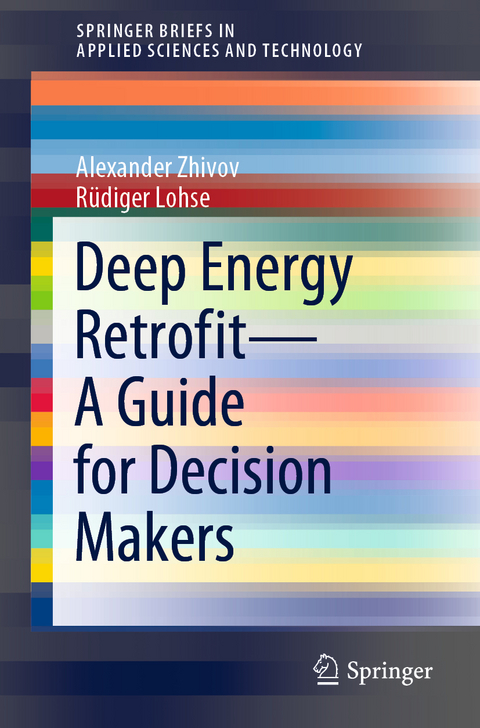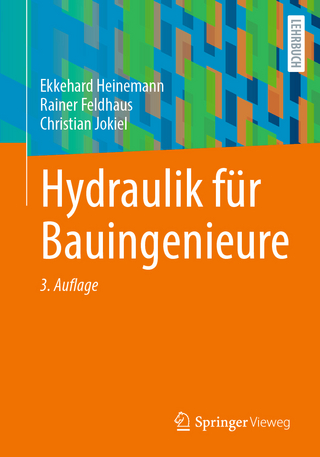
Deep Energy Retrofit—A Guide for Decision Makers
Springer International Publishing (Verlag)
978-3-030-66210-3 (ISBN)
Building energy efficiency (EE) ranks first in approaches with resource efficiency potential with a total resource benefit of approximately $700 billion until 2030. EE is by far the cheapest way to cut CO2 emissions (McKinsey 2011, IPCC 2007). However, according to an IEA study (IEA 2014a), more than 80% of savings potential in building sector remains untapped. Thus, the share of deployed EE in the building sector is lower than in the Industry, Transport, and Energy generation sectors. Estimates for the deep renovation potentials show: EUR600-900bn investment potential, EUR1000-1300bn savings potential, 70% energy-saving potential, and 90% CO2 reduction potential.
Dr. Alexander Zhivov is a senior research engineer of the US Army Engineer Research and Development Center Construction Engineering Research Laboratory responsible for Army-wide facilities energy strategic planning leading to buildings energy efficiency improvements, development and implementation of new HVAC systems, distributed generation technologies, renewable energy, heating plant modernizations, building commissioning processes, and modeling and analysis tools for installation operations. Develops the framework and concepts of a secure, reliable, and efficient Army installation energy strategies and supporting implementation programs.
Rüdiger Lohse leads the department of Energy Services and Financing at the Climate Protection Energy Agency of Baden- Württemberg and the Competence Centre for Energy Services in Baden- Württemberg.
Chapter 1. Introduction.- Chapter 2. Deep Energy Retrofit In Public Buildings.- Chapter 3. What Is Deep Energy Retrofit?.- Chapter 4. Deep Energy Retrofit vs Shallow Renovation.- Chapter 5. Major Renovation And Deep Energy Retrofit.- Chapter 6. Product Delivery Quality Assurance Process .- Chapter 7. How To Make Der Cost Effective?.- Chapter 8. Business Models For Der.- Chapter 9. Der Financing.- Chapter 10. Lessons Learned From Pilot Projects.- Chapter 11. Conclusions.- References.- Acronyms and Abbreviations.
| Erscheinungsdatum | 01.03.2021 |
|---|---|
| Reihe/Serie | SpringerBriefs in Applied Sciences and Technology |
| Zusatzinfo | XXI, 84 p. 22 illus., 19 illus. in color. |
| Verlagsort | Cham |
| Sprache | englisch |
| Maße | 155 x 235 mm |
| Gewicht | 199 g |
| Themenwelt | Naturwissenschaften ► Biologie ► Ökologie / Naturschutz |
| Technik ► Architektur | |
| Technik ► Bauwesen | |
| Technik ► Elektrotechnik / Energietechnik | |
| Schlagworte | DER Energy Performance Contracting • Energy Efficiency and Deep Energy Retrofit • Energy Performance Data • Energy Use in Government/Public Buildings • Owner-directed Energy Retrofit Projects |
| ISBN-10 | 3-030-66210-1 / 3030662101 |
| ISBN-13 | 978-3-030-66210-3 / 9783030662103 |
| Zustand | Neuware |
| Informationen gemäß Produktsicherheitsverordnung (GPSR) | |
| Haben Sie eine Frage zum Produkt? |
aus dem Bereich


